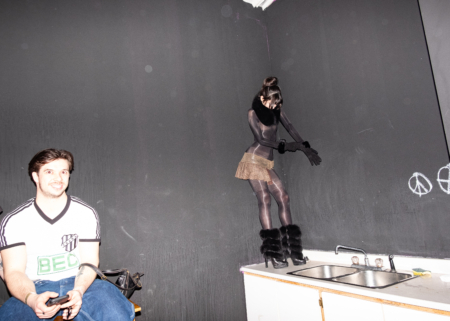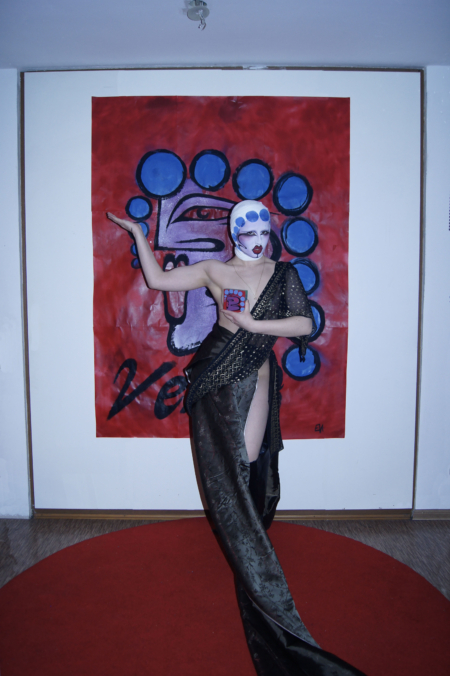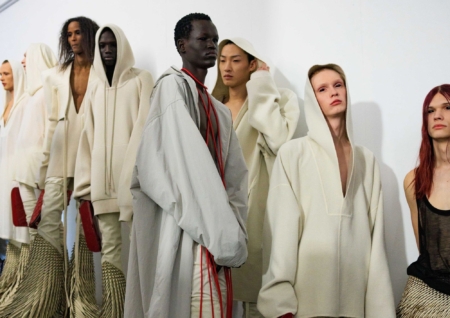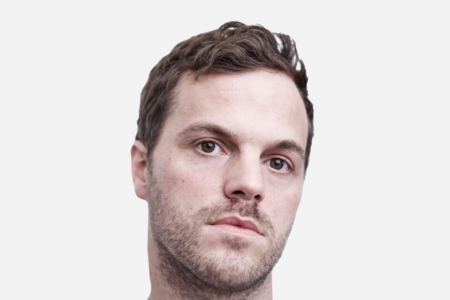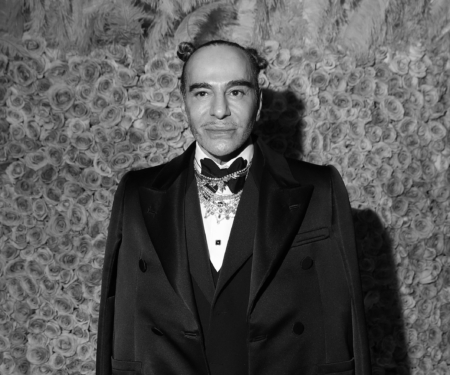An interesting fact about Montreal-based photographer Long Xi Vlessing lies in his own self-description. In an interview with Liminul, he confesses, “I have always been really attracted to people and strangers especially, even though secretly, I am very socially anxious.”
CULTURE
“Beauty Is Also Gore”: Venus Superstar on the Violence of Aesthetics
Venus Superstar moves within a space where beauty and horror coalesce, entangle, shift, and dissolve into one another. The performer, part drag queen, part performance artist, part auteur” hailing from the San Francisco underground, is the type of queer creative whose work is as much passion as it is intrinsic to their very being.
Selling Sexy: The Secrets Within Victoria’s Empire
Adhere To Studios: Alexandra Dean’s Outerwear Revolution
It is always a pleasure to watch someone chase a dream, harness it, and wrestle it to fruition. For Vancouver-based designer Alexandra Dean, the dream was to start her own outerwear brand.
Rick Owens FW25: Dark, Yet Deliciously Delightful
It’s hard to imagine how romanticism could succeed in a place like a factory or coal mine. Most of what we know of them are gruelling, dehumanizing labour, a profound lack of inspiration, a suffering working class, and a landscape more suited for machines than men.
Immaterial Girls: Sophie, Murakami, and the Strange Spectacle of Louis Vuitton
The cherry on top of the Louis Vuitton x Takashi Murakami ad campaign that debuted earlier this month is undoubtedly the odd soundtrack choice of “Immaterial,” the hyper-pop anthem by the late great Sophie.
The Great Fashion Reshuffle
In recent months—and particularly the last few days—the luxury fashion industry has experienced a domino effect of transformative leadership changes. Welcome to what we’re calling ‘The Great Fashion Reshuffle.
John Galliano Announces Exit From Maison Margiela
In a heartfelt and reflective Instagram post, John Galliano, one of the most revolutionary figures in modern fashion, announced his departure from Maison Margiela.
The Indie Sleaze Revival Has A Canadian Accent
In 2020, amid the uncertainty of a world paused by a global pandemic, Olivia, a Toronto-based creative, began piecing together a digital archive of a bygone era.

